News
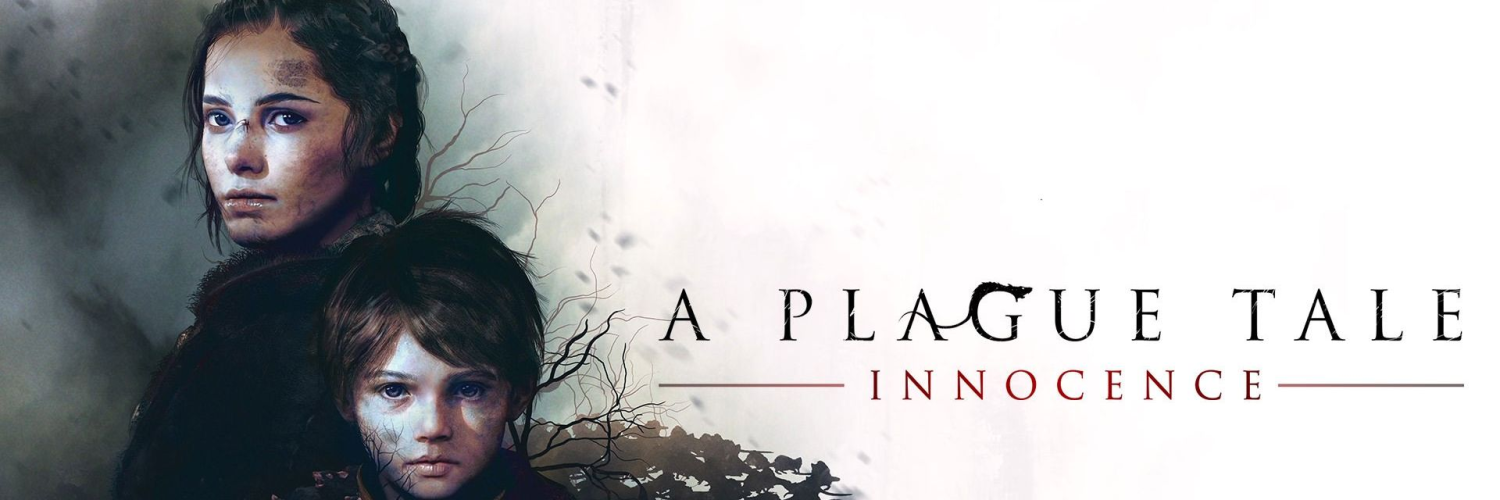
Interview with David DEDEINE, co-creator of ASOBO and 1997 Rubika graduate.
1° Hi David, can you tell us about your professional career since you left Rubika animation in 1997 ?
Yes, I went through Supinfocom in 1997 where I joined the first "multimedia management" class! I then joined the Kalisto Entertainment team as a game designer.
In 2002 I co-founded Asobo Studio where I am now co-manager and Chief Creative Officer and where I supervise the work of the creative and design teams.
In almost 20 years I have participated in the development of 24 games including Superfarm our first baby and 5 adaptations of Pixar franchises, including Kinect Rush: A Disney Pixar Adventure our first collaboration with Microsoft. We also created FUEL which was awarded a Guinness Record in 2009.
We also developed the first 2 mixed reality games for HoloLens, Fragments and Young Conker, hand in hand with Microsoft. In 2019, our first original adventure was released, A Plague Tale: Innocence. The game has notably won a Steam Award and 6 Pegasus and has sold over 1M copies to date.
This summer, we released Microsoft Flight Simulator, which currently has more than 2M pilots, which is the best Xbox game pass launch to date and was awarded at the Game awards last December and at the Pegasus 2021.
2° You co-founded the Asobo studio in 2002, which became the first French independent developer of games for consoles and PC.
What are the constraints imposed by the development of games with a diametrically opposed approach (for example, going from the development of a narrative game such as A Plague Tale: Innocence to the latest Microsoft Flight Simulator)?
Our independence has indeed given us the chance to work on extremely different projects. Some things don't change in terms of production philosophy: for example, we try to iterate as much as possible, which often means "fail fast to understand faster and try again". This may sound overused, but we really do it.
Other aspects are totally different depending on the production. The subject involves specific technological approaches per project: you don't make an open world the size of the earth like a linear narrative game. From a creative point of view I would say that in the case of A Plague Tale it was a totally blank page, and in the case of Flight Simulator the exact opposite: a universe from the real world that is richer and "stricter" than any invented universe.
In one case, there is the vertigo of the blank page where we had to go deep inside ourselves and sometimes in the intimate, so that the player is touched and carried away in the adventure.
In the other case, we had to dive totally into a pre-existing universe, which was foreign to us. Even if it means learning to fly a plane, which also requires a very high level of involvement from the teams.
In any case, we try to approach each of these new projects as a challenge: with curiosity, humility and the ambition to make the best game possible.
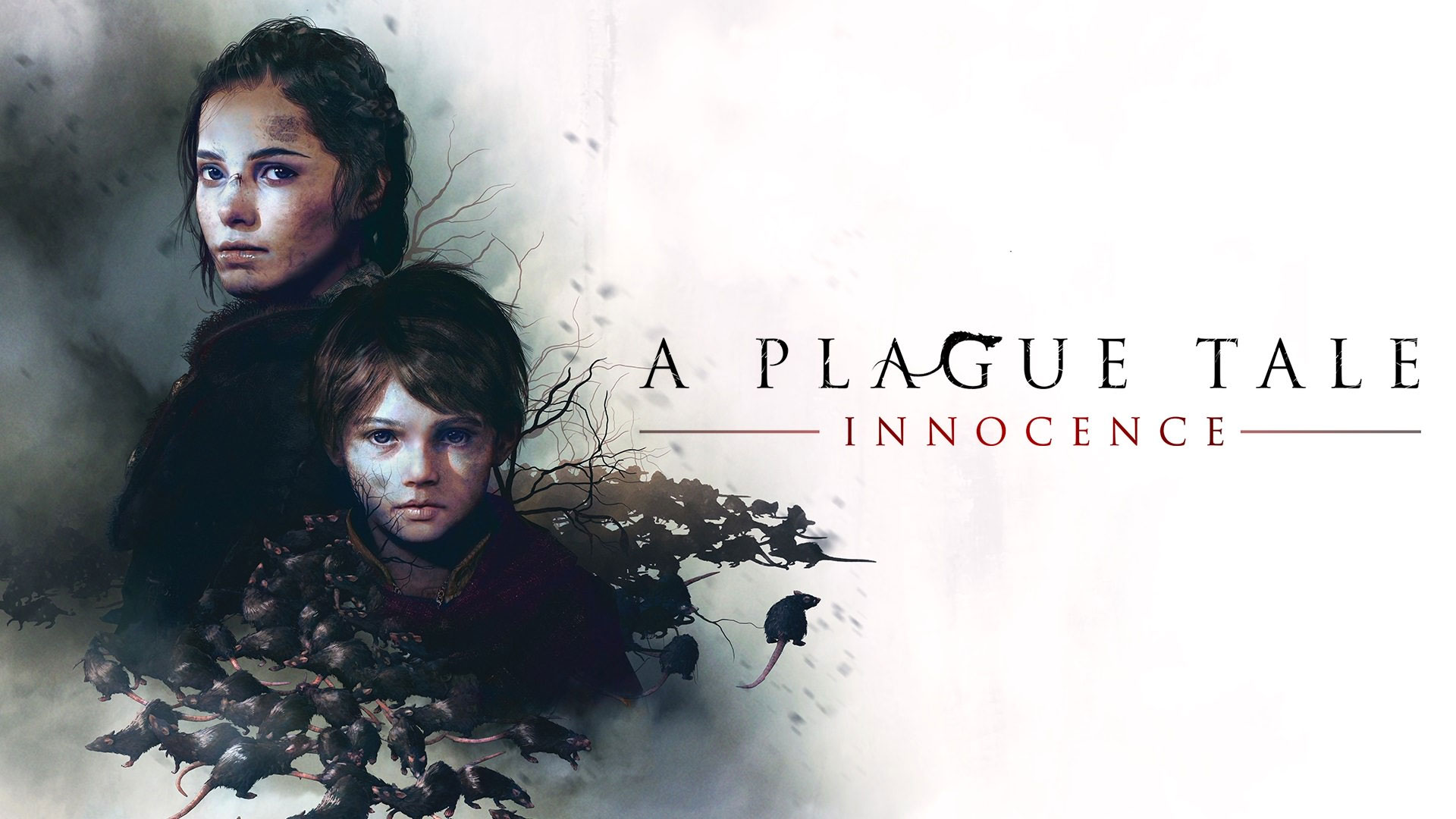
3° Asobo is one of the first studios to have created content for Microsoft HoloLens. What were the biggest challenges during the production of these first augmented reality games?
Everything had to be reinvented because we were accompanying the creation of the hardware itself at the time: the HoloLens headset. The most difficult thing in these cases is that the experience can be counterproductive. You have to be able to change your mental schema, to accept to start from scratch in almost every field. The main idea of the person in charge of this program at Microsoft, Kudo Tsunoda, was "the world is central to the experience".
It's simple but very powerful:
1/ everything that you used to control, that is to say, that happens on your screen, therefore totally virtual, must now take place in an environment that you do not control.
2/ the more you use and take advantage of this non-controllable environment in your experience, the more powerful and different it is from anything that was done before.
It paid off during the whole r&d phase of these projects. Then when we confronted our productions to the first users, we realized that we also had to teach them to change the game paradigm, which was a huge surprise: mixed reality offers freedom of movement and vision.
But our brains are used to being static and looking in one direction when it comes to "video games".
So the players were not moving and looking in front of them: they were not fully enjoying the experience, or even missing it completely.
Thus, iterating on the basis of user tests to improve "onboarding" - the way to enter this new user experience - was a major axis of development.
Here too, we had to iterate quickly in order to be able to observe changes in behavior in detail, since small details can have very spectacular side effects.
4° The work on MFS is remarkable. How did the production of this new opus and the collaboration with the Microsoft teams go?
Thank you! It is indeed a big production that mobilized a team of 120 people at Asobo.
Our past experience with Microsoft is key because for such an ambitious project, the work of our teams is based on an important mutual trust that is built over time. This is an important element that cannot be decreed but has been built step by step over the last 11 years. In terms of development, you have to understand that aviation is both a very vast and very deep world. An airport has the same intrinsic complexity as a city. A single screen among others in a cockpit is the result of years of R&D in real life, but to be able to simulate it, you have to understand all the ins and outs. The flight model (the way the plane behaves in the air) involves simulating the fluid mechanics on the plane's surfaces. The world, i.e. the planet Earth in its entirety, is much larger than our brains can handle. But this is our "sandbox" in Flight Simulator, we had no choice: we had to find ways to represent the earth as no one had done before and in its entirety.
Finally, the technologies needed to make all of this possible, such as the use of Bing data and machine learning, required us to completely rethink our production, tracking and QA processes.
Each of these areas is potentially a bottomless pit of know-how or knowledge. It was epic, and in these cases it takes extraordinary collective strength to meet all these challenges because the pressure was immense: you don't touch Microsoft's oldest video game brand without this kind of pressure: the whole team was extraordinary.
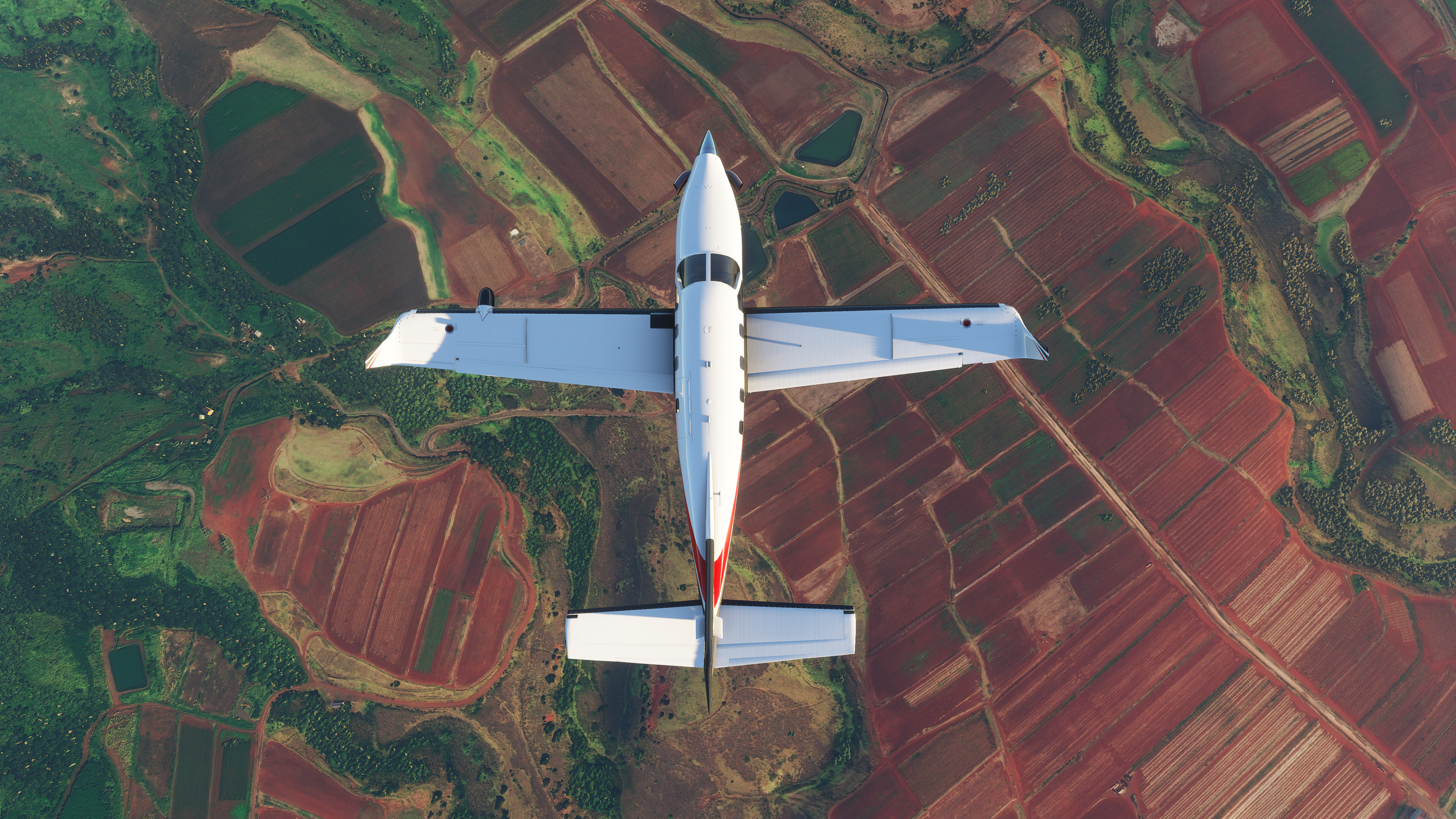
5° How do you see the evolution of profiles in the video game industry?
Video games remain an industry of enthusiasts, but we have been witnessing an increasing professionalization of jobs and talents for many years now. The technical level of the young people we recruit is increasing as a result, so it is even rarer than before to be recruited without any prior training.
But the extra soul remains a very important criterion: it is what allows us to achieve excellence in a team like ours.
6° What advice would you give to students who wish to enter the world of video games?
There are obviously the fundamental prerequisites: work, be humble and be smart.
But video games stand on the shoulders of all the other arts that have historically preceded it. Professionalization shouldn't format you: the most creative source is in the real world.
You have to stay as open as possible to the world to make beautiful virtual projects ! :)
Keep this appetite and curiosity alive within you, it will inevitably spring up when the time comes.
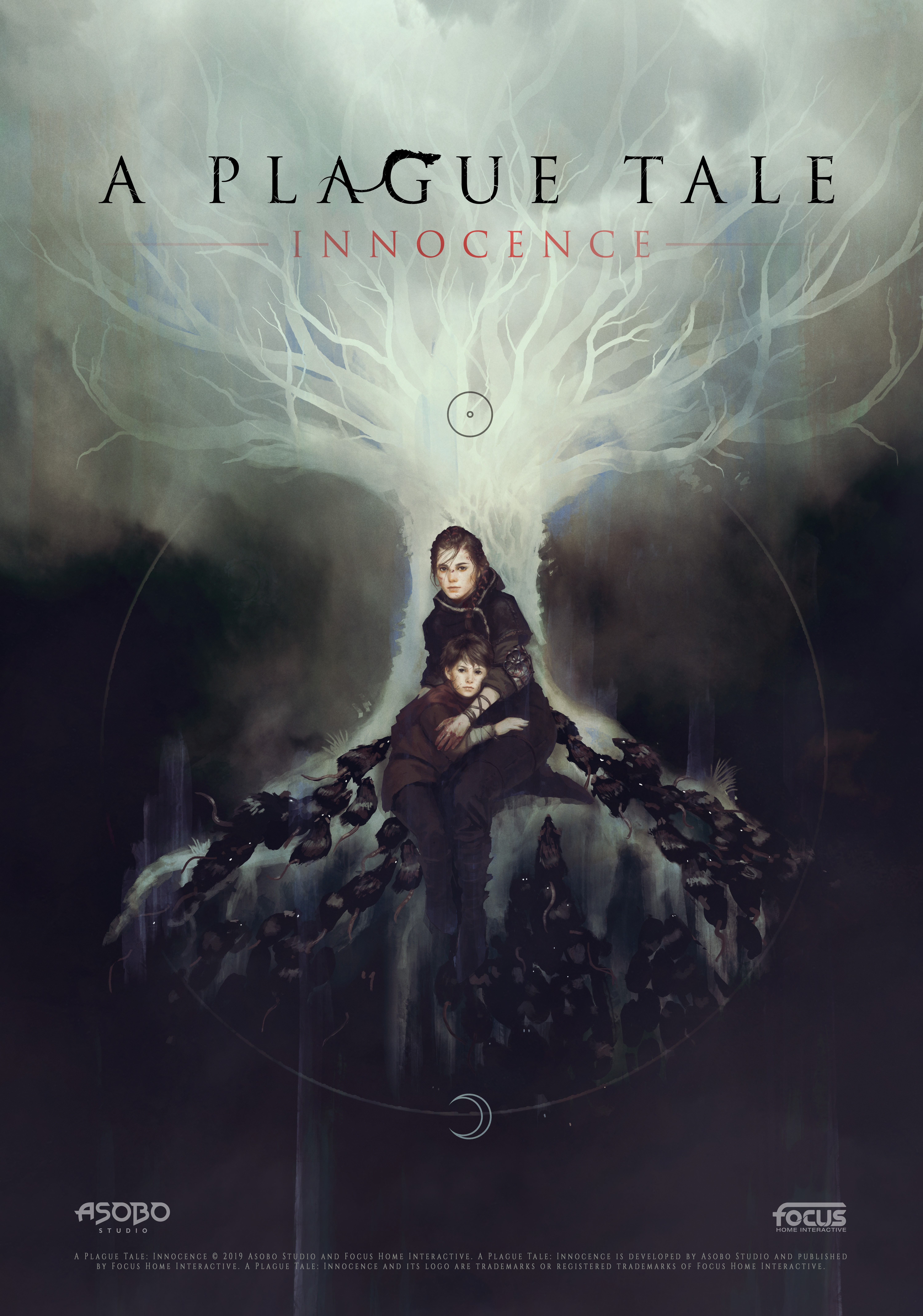
Visit the Asobo website.









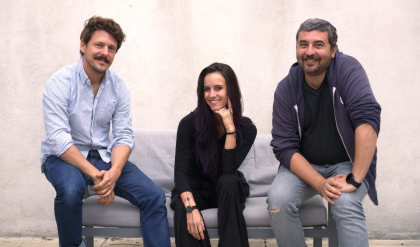
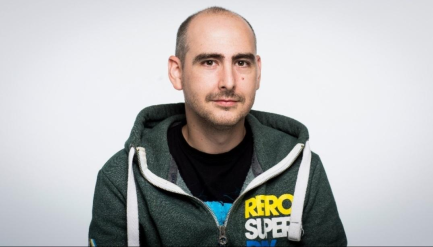




No comment
Log in to post comment. Log in.